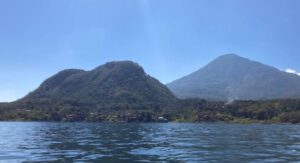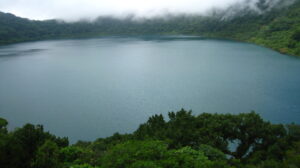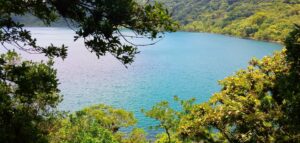
What Makes a Volcano Hike in Guatemala Tough?
Guatemala is home to some of the most stunning volcanoes in Central America. However, a volcano hike in Guatemala is not for the faint-hearted. Many factors contribute to the difficulty of these treks, challenging even seasoned hikers. From high altitudes to steep trails, let’s explore what makes these hikes so tough.
Altitude Challenges
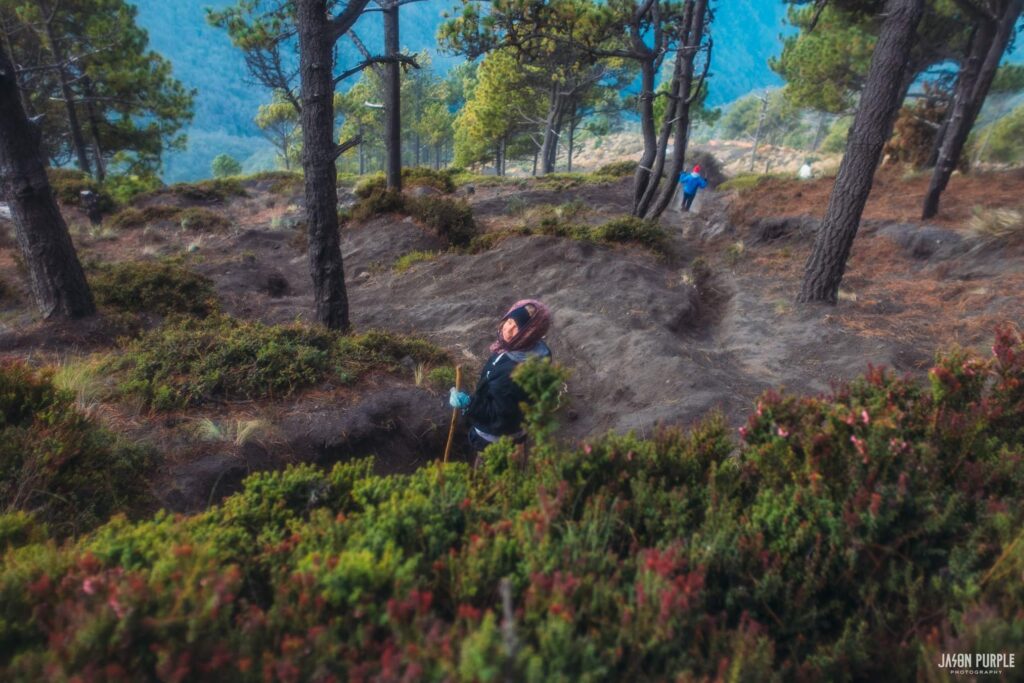
One of the biggest challenges when hiking volcanoes in Guatemala is the altitude. Many of the country’s volcanoes reach over 3,000 meters (9,800 feet) above sea level. As you ascend, the air becomes thinner, making it harder to breathe. This can lead to altitude sickness, which causes symptoms like headaches, dizziness, and nausea.
To prepare for this, take time to acclimate to the altitude before starting your hike. Spend a day or two in nearby cities, like Antigua or Xela, to let your body adjust. Staying hydrated and pacing yourself during the hike also helps. However, if symptoms persist, it’s best to descend immediately.
Steep Trails
The steepness of the trails is another factor that makes a volcano hike in Guatemala tough. Trails on volcanoes like Acatenango and Tajumulco are notoriously steep, with sections that feel almost vertical. This demands significant physical strength, especially for your legs.
To tackle steep trails, use trekking poles for balance and support. These can reduce strain on your knees and make climbs more manageable. Taking regular breaks to catch your breath is also essential, particularly during the most challenging sections.
Rough Terrain
Guatemalan volcanoes feature a variety of terrains, and most of them are rough. You might encounter loose volcanic ash, slippery rocks, or muddy paths, depending on the volcano and the season. For example, Pacaya has trails covered in loose volcanic rocks, making footing unstable. Meanwhile, hikes during the rainy season can turn trails into muddy obstacles.
Wearing proper hiking boots with good grip is crucial. These shoes provide the traction needed to navigate tricky terrain safely. Additionally, watching your step and staying focused on the trail can prevent slips and falls.
Unpredictable Weather
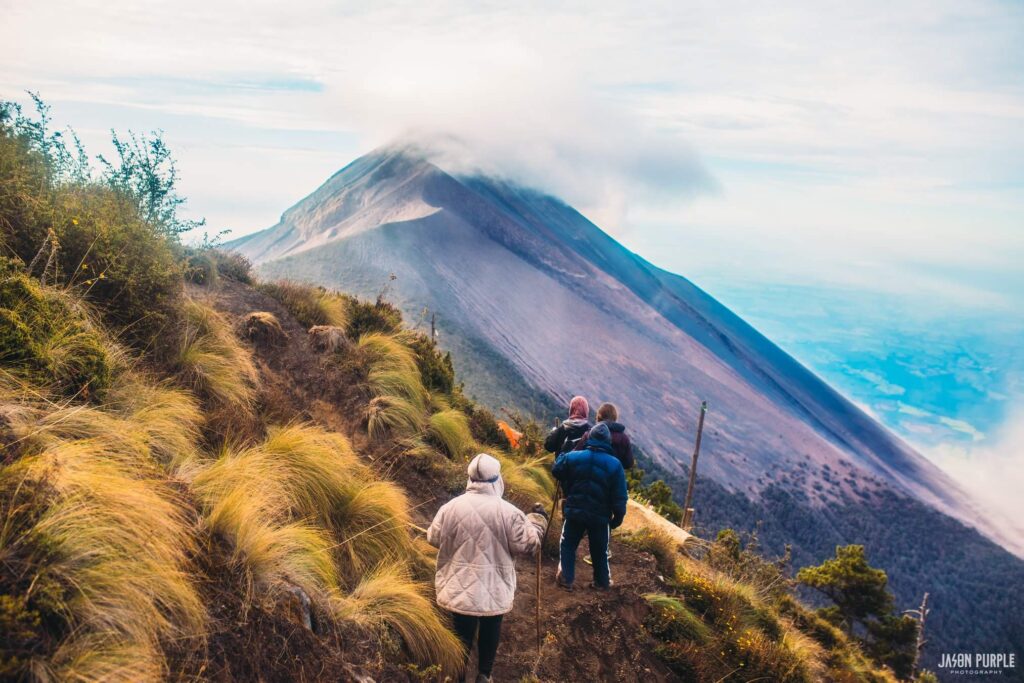
Weather conditions can change quickly during a volcano hike in Guatemala. Mornings often start clear, but by midday, clouds, rain, or even strong winds can set in. This unpredictability adds another layer of difficulty to the hike.
To stay prepared, pack layers of clothing. A lightweight rain jacket is essential, even if the forecast looks clear. Also, keep an eye on weather updates and plan your hike to avoid the worst conditions. Starting early in the morning often provides the best chance of clear skies.
Length of the Hike
Many volcano hikes in Guatemala are long and require several hours of walking. For instance, climbing Acatenango takes around six to eight hours one way. Add the return trip, and you’re looking at a full day of hiking. Longer hikes can exhaust your energy and test your endurance.
To manage this, ensure you carry enough snacks and water to sustain yourself. High-energy foods like nuts, dried fruit, and energy bars are excellent choices. Taking regular breaks and pacing yourself can also help conserve energy for the descent.
Temperature Extremes
Temperature swings are common on Guatemala’s volcanoes. It might be warm at the base, but as you climb higher, temperatures drop significantly. At the summit, it can feel freezing, especially if you’re hiking at night to catch a sunrise.
To deal with this, wear layers that you can easily add or remove. A thermal base layer, an insulating mid-layer, and a windproof outer layer provide flexibility for changing conditions. Gloves and a warm hat can also protect you from the cold at higher elevations.
Mental Endurance
Hiking a volcano is not just a physical challenge; it’s a mental one too. The combination of steep climbs, rough terrain, and unpredictable weather can be overwhelming. Many hikers face moments of doubt, especially during the hardest sections of the trail.
To overcome this, focus on small milestones. Instead of thinking about the summit, aim to reach the next bend or resting point. Encouragement from fellow hikers can also boost your spirits. Remember, the sense of accomplishment at the end makes the effort worthwhile.
Night Hikes

Some volcano hikes in Guatemala involve starting in the middle of the night to reach the summit by sunrise. Hiking in the dark adds a layer of complexity. Limited visibility can make navigating the trail harder, and the cold nighttime temperatures can be uncomfortable.
If you plan a night hike, bring a reliable headlamp with extra batteries. Dress warmly and hike with a group or guide for safety. Night hikes can be challenging, but the reward of a sunrise view is often unforgettable.
Carrying Gear
During a volcano hike, you need to carry essentials like water, food, and extra clothing. On longer hikes, you might also need camping gear if an overnight stay is involved. Carrying a heavy backpack adds strain and can slow you down.
To lighten your load, pack only the necessities. Use a well-fitted backpack with padded straps to distribute weight evenly. If you’re hiking with a group, consider sharing gear to reduce individual loads.
Limited Facilities
Most Guatemalan volcanoes are located in remote areas with few facilities. This means no restrooms, limited access to clean water, and few places to rest along the trail. You must plan ahead and be self-sufficient.
Bring enough water for the entire hike, and consider using a water purification system if you’re hiking near streams. Pack biodegradable toilet paper and follow Leave No Trace principles to minimize your impact on the environment.
Navigational Challenges
Some trails on Guatemalan volcanoes are poorly marked, making it easy to get lost. This is especially true for lesser-known volcanoes or during bad weather when visibility is low.
To stay on track, hike with a guide who knows the area well. Alternatively, use a GPS device or a detailed map to navigate. Always inform someone of your plans before heading out, just in case.
Wildlife and Insects
While encounters with wildlife are rare, some trails may have insects like mosquitoes or other small creatures. In forested areas, you might also come across snakes or spiders. These add an element of caution to your hike.
Apply insect repellent before your hike and wear long sleeves and pants to protect your skin. Stay aware of your surroundings, and avoid disturbing any wildlife you encounter.
Preparation Makes a Difference
Despite the challenges, a volcano hike in Guatemala is a rewarding experience. Proper preparation can make a significant difference in how tough the hike feels. By training your body, packing wisely, and respecting the environment, you’ll set yourself up for success.
Conclusion
Hiking a volcano in Guatemala is tough, but it’s also incredibly rewarding. Factors like altitude, steep trails, and unpredictable weather add to the difficulty, but they also make the experience unforgettable. With preparation, determination, and the right gear, you can conquer these challenges and enjoy some of the most breathtaking views in the world.
If you’re still in search of a famous volcano to hike in Guatemala, feel free to reach out to Tropicana. We offer tours to Acatenango and Pacaya, two of the most popular volcano hikes in Guatemala. Additionally, we provide comfortable accommodations in Antigua and reliable transportation options to help you explore other amazing places within Guatemala. So, are you ready to take on the adventure of a lifetime?


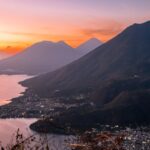 Previous Post
Previous Post Next Post
Next Post
